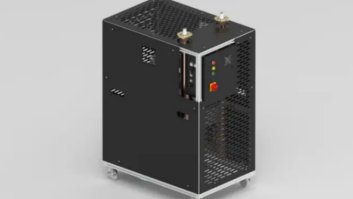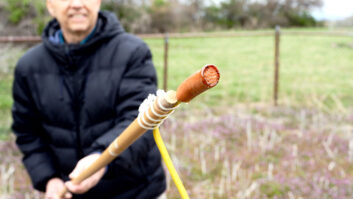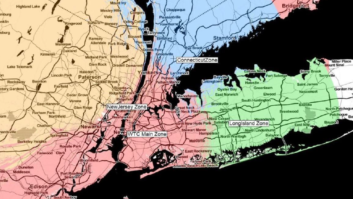WASHINGTON � Some of the best U.S. broadcast engineers are worried about noise. Jonathan Edwards, Donald Everist, Thomas King and Robert Weller have some ideas of what to do about it and they met recently with FCC Chairman Ajit Pai and his Acting Legal Advisor Alison Nemeth.�
On behalf of the Association of Federal Communications Consulting Engineers, the association�s FCC Liaison Jonathan Edwards filed an ex parte notice, following up their recent meeting, during which they expressed the association�s concerns regarding ET 16-191 (RF noise) and RM-11779 (AM synchronous boosters).
The association first presented the members� opinion that radio communications services are going to encounter many difficulties because of �increasing levels of radiofrequency noise and urged Chairman Pai to direct the FCC�s Technological Advisory Council to prioritize development of actionable recommendations to address this issue.� Specifically, two solutions are to increase power to overcome noise and to reduce the level of the noise itself. They also noted that �increasing power actually increases noise levels, and devices comprising the so-called �Internet of Things� will likely have little or no ability to increase power.�
Additionally, AFCCE reminded Pai of the important role that enforcement plays in solving RF noise. In that vein, they recommended that the FCC �expedite its online interference complaint portals and re-establish programs of random inspections and post-marketing sampling and measurements to assess and monitor the state of �compliance.� They also noted that this is challenged by the elimination of the Auditing and Compliance Branch in 2011, as well as the out of date nature of the handbook on troubleshooting interference, which they suggested be updated.
Regarding AM synchronous boosters, the association expressed support for RM-11779 and urged Pai to work to establish AM synchronous boosters as an authorized, secondary service under Part 74 through a notice of proposed rulemaking. They also suggested that existing booster be allowed to continue during the rulemaking period.
King also provided a table answering the chairman�s question about the number of stations currently operating AM synchronous boosters, found in table one of the Broadcast Engineering Conference paper included as an addendum.�
The AFCCE also shared more information about the potential impact of nationwide synchronization of AM stations, which they said �can typically be enabled at very low cost� while a station can also �substantially improve coverage area� by eliminating sources of interference.
�












